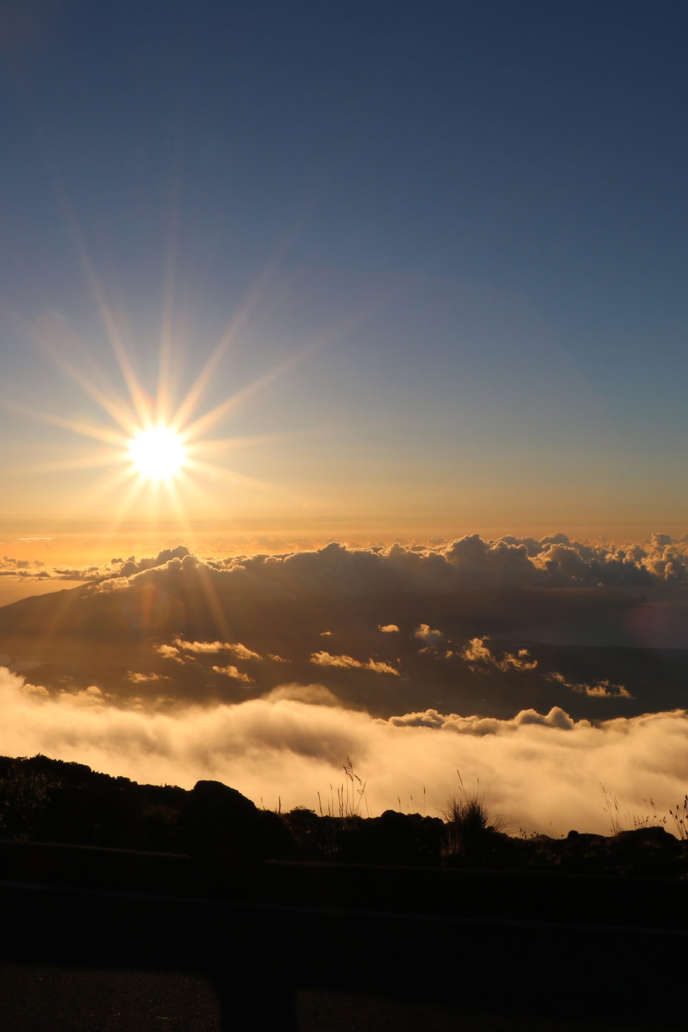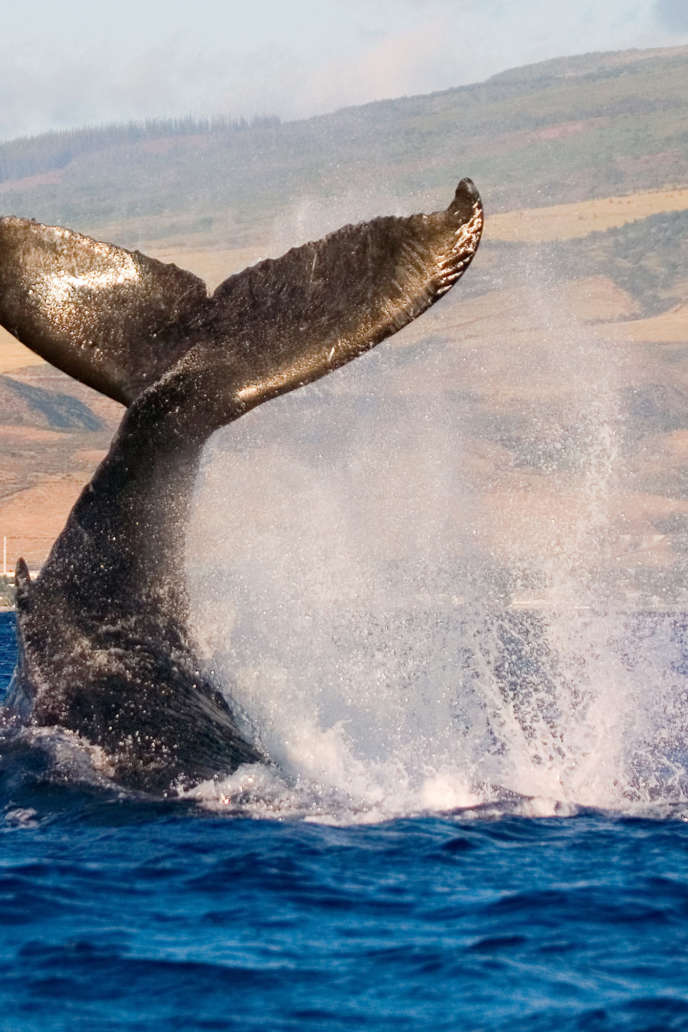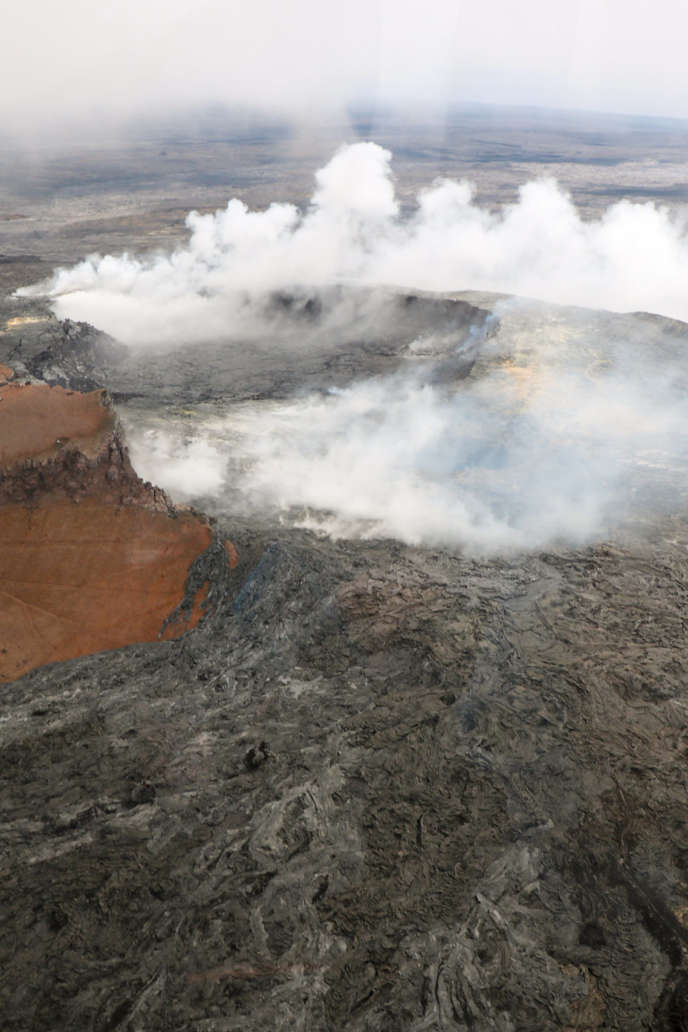Stargazing is one of those things I could do anytime, but never get around to. Living in a city where light pollution is a major hindrance to viewing the night sky, I rarely go stargazing or even pay the least bit of attention to what’s above me.
I’ve been missing out. With all the recent hubbub about space travel, finding distant planets, and general interest in moving beyond our atmosphere, it’s baffling how much of the universe you can see from the Earth’s surface. All it takes is a dark area and a clear night, and thousands of stars become visible to the naked eye.
The technologically assisted eye, however, can see much more.
The Cosmos Up Close: Unveiling the Joys of Stargazing
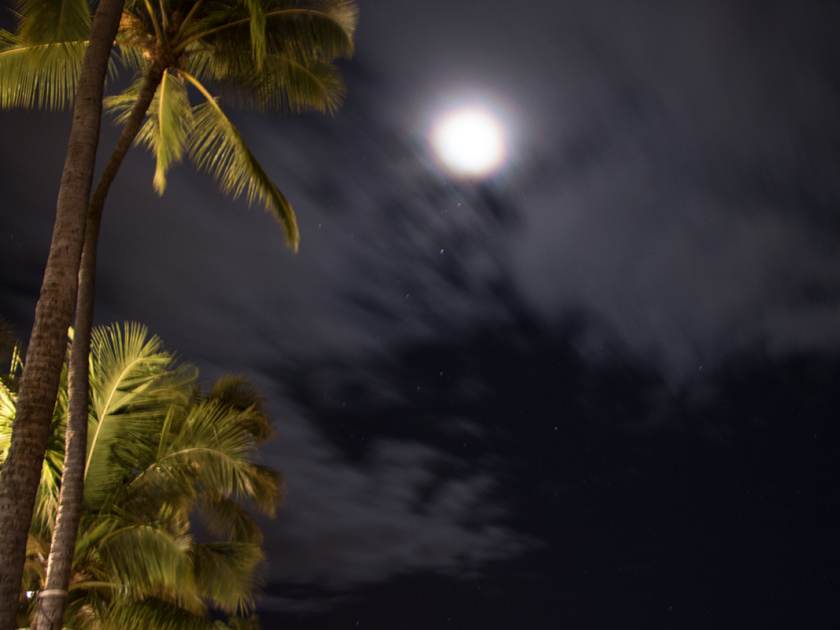
I try to take a lot of pictures of the things I do and events I attend so I can better show people what’s going on when words don’t cut it. Being a writer, there aren’t many situations where you’ll get me to admit that words “don’t cut it.” As a result, my photography skills are less-than-professional—some might say “less-than-amateur,” even. Going stargazing provided me with a completely new challenge as a novice photographer: How do I take pictures at night?
A Night Under the Stars: The Ko Olina Experience
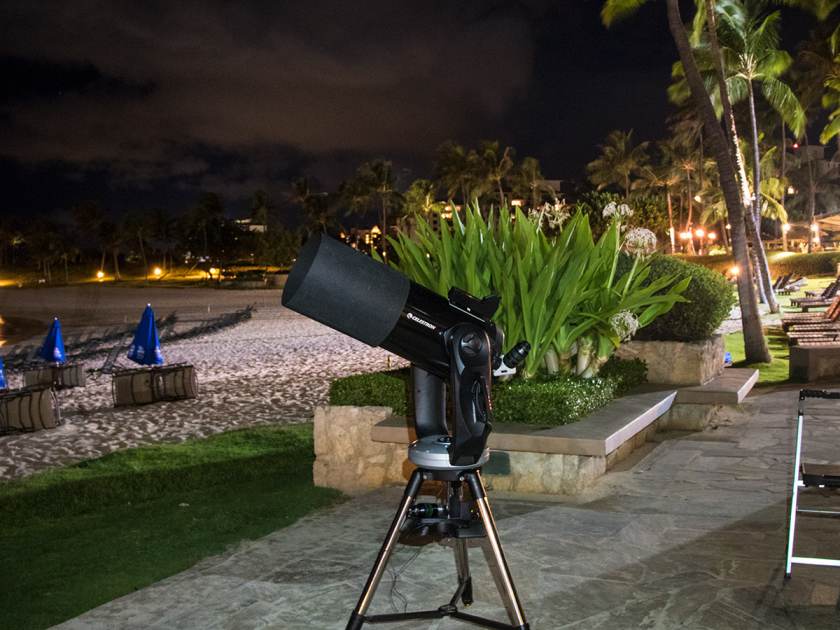
Suffice it to say, it was a learning experience for my (lack of) photography skills. Thankfully, I wasn’t stargazing out in Ko Olina by myself—there’s no way I’d convince myself to drive out that far. Maira and I were attending a star show at the Ko Olina Resorts, hosted by astronomer and NASA ambassador Greg McCartney.
We tried attending a week ago, but the show was canceled due to unfavorable conditions: clouds were obscuring most of the sky, which is practically unheard of in the dry west side of Oahu.
Greg has been doing his star shows at Ko Olina for a decade, and if his Master’s degree in astronomy isn’t enough, he’s also constantly seeking out new information on stars, planets, and systems as well as the folklore and traditional beliefs attached to them. That’s why he insists on calling his show, “Stars Above Hawaii” a star show rather than a stargazing tour.
Rather than just pointing out different heavenly bodies and reciting star facts to his audience, Greg takes you on a journey across the universe, connecting each star, planet, moon, and constellation to each other and back to humanity through a blend of astronomy and anthropology.
He’s also got a big ol’ telescope.
Peering into Infinity: The Telescope Experience in Starry Hawaii
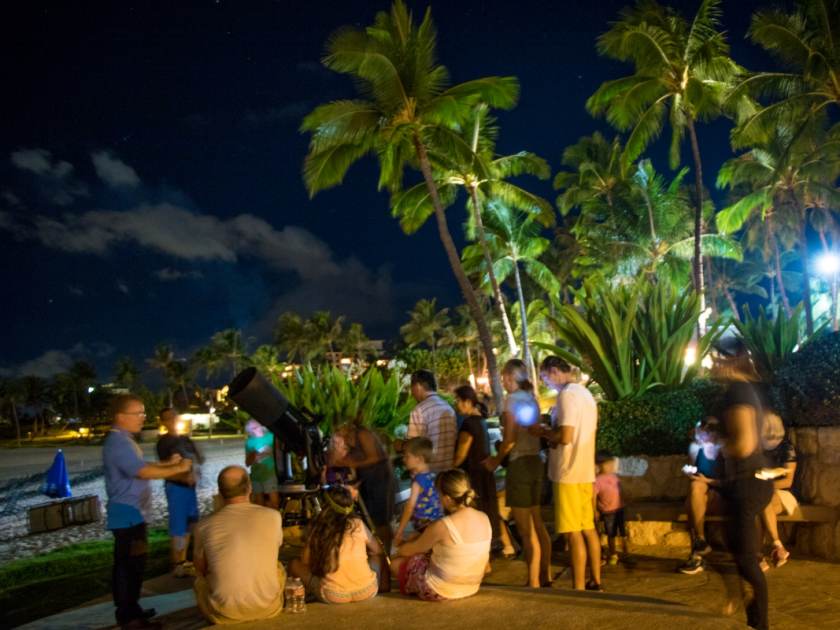
When we arrived at the designated stargazing area on Monday night, we were late by ten minutes due to accidentally parking at the wrong lagoon and then having to walk over. Greg had a large crowd that night: almost thirty attendees came out to see the star show, half of them dropping in from the nearby hotel at the last minute.
Greg has three telescopes that people take turns looking through, so larger groups aren’t a problem.These telescopes are behemoths that take time and energy to set up, but are well worth it when you’ve got them going.
Magnifying to over 600 times the acuity of the naked human eye, looking through one of these scopes allows you to see details you wouldn’t otherwise have known existed. These telescopes are also connected to GPS and satellite databases, so it can automatically locate whatever heavenly body you’d like to look at, all at the push of a button. Another cool thing about the telescope (or just modern telescopes in general) is that you can take pictures from it as long as you have a lens adapter for your camera. I didn’t at the time, but Maira was able to snag the above picture of the moon by putting her smartphone camera up to the viewing lens.
The Wonders We Witnessed Through the Telescope
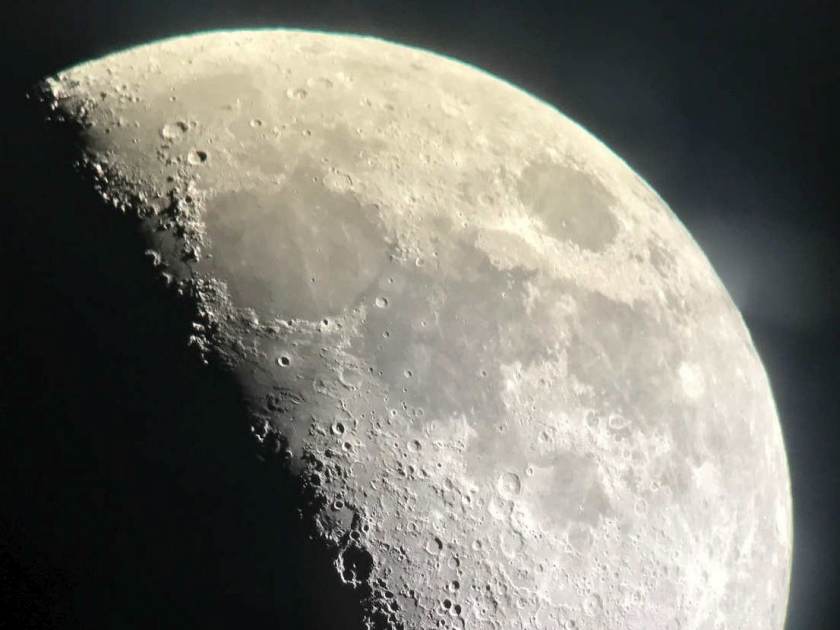
- Individual craters of the moon, with the intense sunlight seen radiating off its white surface
- The rings of Saturn, with Titan (Saturn’s largest moon) visible as a speck in the background
- Jupiter, with its “eye” distinguishable from the rest of its surface
- The green halo of a distant nebula
- A cluster of newborn stars, from which light has only reached us 26 years ago
And these were only the things that we had the opportunity to see given our location, the time of year, and immediate weather conditions.
Ko Olina is a really good place to look at the stars due to being far from the city as well as due to Hawaii’s location close to the equator. Plus, it’s on the leeward side of the island, so there’s rarely rain or clouds to interrupt a night of stargazing.
Unearthing Starry Folklores: A Stargazing Session That Teaches More Than Just Astronomy
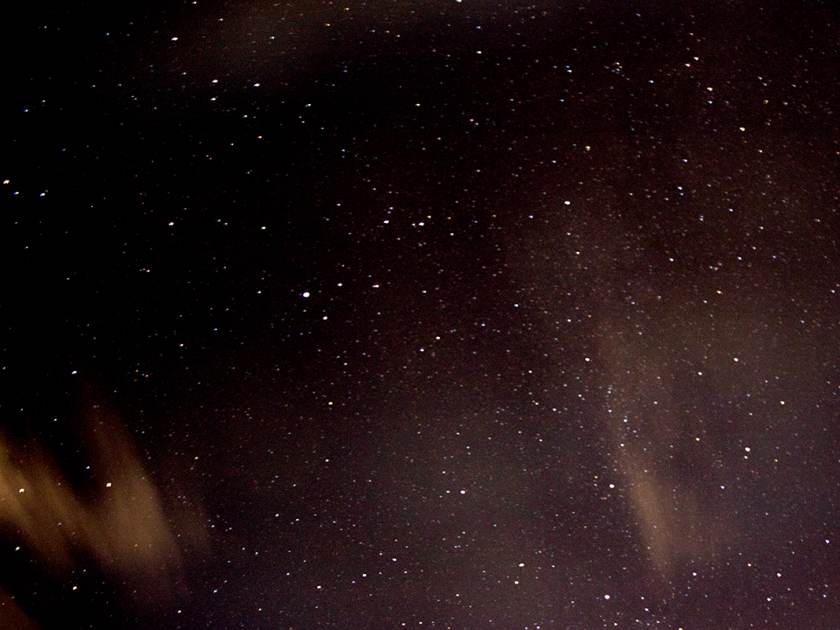
The main attraction, however, is without a doubt Greg’s oratory: he’s informative when it comes to astronomical fact, entertaining in regards to talking about folklore and myth, and overall deeply passionate about anything star-related. He was also really good at engaging everyone in the show, including kids, teenagers, and even non-English speakers.
Between the (undoubtedly expensive) telescope and Greg’s narration, Stars Above Hawaii is a huge step up from the simple “lay on the roof and stare upward” that most people might think of when they hear “stargazing.” And, after having to manually hold down the shutter on “bulb” mode for sixty seconds, I was finally able to get one shot of the night sky that came out decent:
Stargazing Tours in Hawaii
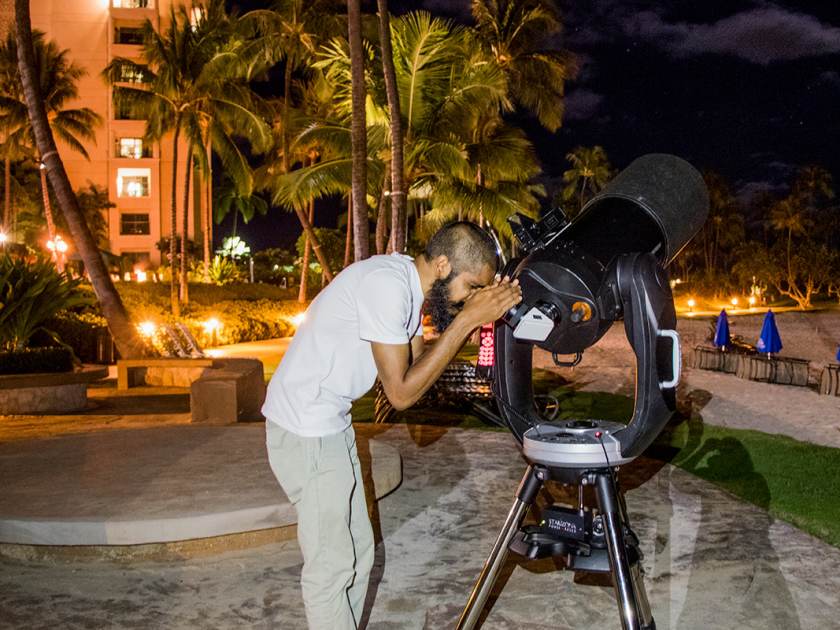
If you want to go stargazing in the islands, Stars Above Hawaii is your best bet on Oahu. On the Big Island there are a variety of stargazing tours, but you’ll want to get to the top of Mauna Kea for the best view of the night sky. If you’re visiting Maui, summiting the peak of Haleakala will be your best bet due to its location above the clouds. On Kauai, I’d recommend going out on a hike anywhere far away from the towns and bringing a small telescope with you.
Jason
Having grown up in Honolulu, Jason writes for HawaiiActivities to help share the beauty of the islands with visitors.



